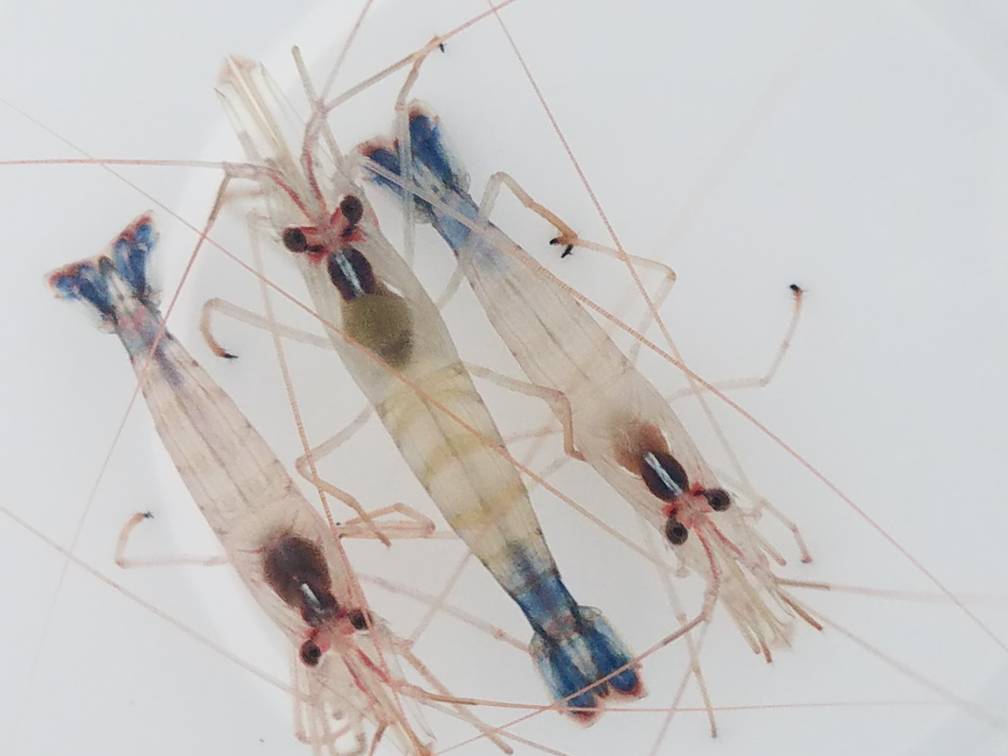- Joined
- Nov 6, 2017
- Messages
- 100
- Reaction score
- 51
Today when I woke up I saw that my peppermint shrimp was on my new elegance coral I got last night and seemed to be eating it what should I do.
Follow along with the video below to see how to install our site as a web app on your home screen.
Note: This feature may not be available in some browsers.
Today when I woke up I saw that my peppermint shrimp was on my new elegance coral I got last night and seemed to be eating it what should I do.
I raise these little guys and I assure you that they don’t eat corals. They will eat aiptasia. They are cleaners so they will pick at things around the aquarium. Of course there are ALWAYS exceptions to the rule. Just keep an eye on him. Any questions, send me a PM
I think a lot of shrimp get a bad rap. I think they only eat coral flesh that is already dying. Believe it or not in those cases the shrimp may save the coral by eating dead tissue and stopping it from spreading.
I think most people see a shrimp on a coral with missing tissue and assume the shrimp ate it but in reality the shrimp is just cleaning up dying flesh.
The one thing shrimp will do which I think will cause damage is stealing food from a coral. They may tear at the corals flesh causing cuts when pulling food out of a corals mouth.
At this point you can only put some kind of physical barrier over the coral because the shrimp is not going to leave dying no flesh alone. Not sure if that is feasible. If you do go that rout you should probably do a iodine dip to help in the area with the eaten flesh.
@Fish_Tank_J there are a bunch of shrimp species sold under the name of Peppermint shrimp; Lysmata wurdemanni, L. rathbunae, L. ankeri, L. boggessi, L. bahia, and L. pedersoni. Occassionally you might encounter Lysmata californica depending on where you live but those are semi-tropical/coldwater and wouldn't last long in our reef tanks. And if we're talking about camelback shrimps then you can add on Rhynchocinetes durbanensis and R. uritai. I apologize for the overload of info but maybe you can look them up and determine what you have. (also some of them are reef-safe, some aren't but I'm really not an expert an that part). Hope that helps!
Mine were clearly peppermints.There's a lot of misinformation on peppermint shrimp. I'd actually take a guess that 50%, probably 75% of shrimp advertised in LFS as "Peppermint shrimp" are not actually Lysmata wurdemanni, L. bogessi or even any one of the recognised true peppermints (https://decapoda.nhm.org/pdfs/27306/27306.pdf)
They are often Lysmata seticaudata or even Rhynchocinetes durbanensis (Camel shrimp).
Athough L seticaudata will occasionally eat an aip, it's just as likely to go rogue and eat other LPS, worse with other shrimp.
As above, if a true peppermint appears to be munching on LPS, it's typically cleaning dead flesh (or robbing food). They are opportunistic feeders, so theres a balance to be struck between being hungry enough to eat Aipistasia and finding an easier meal.

